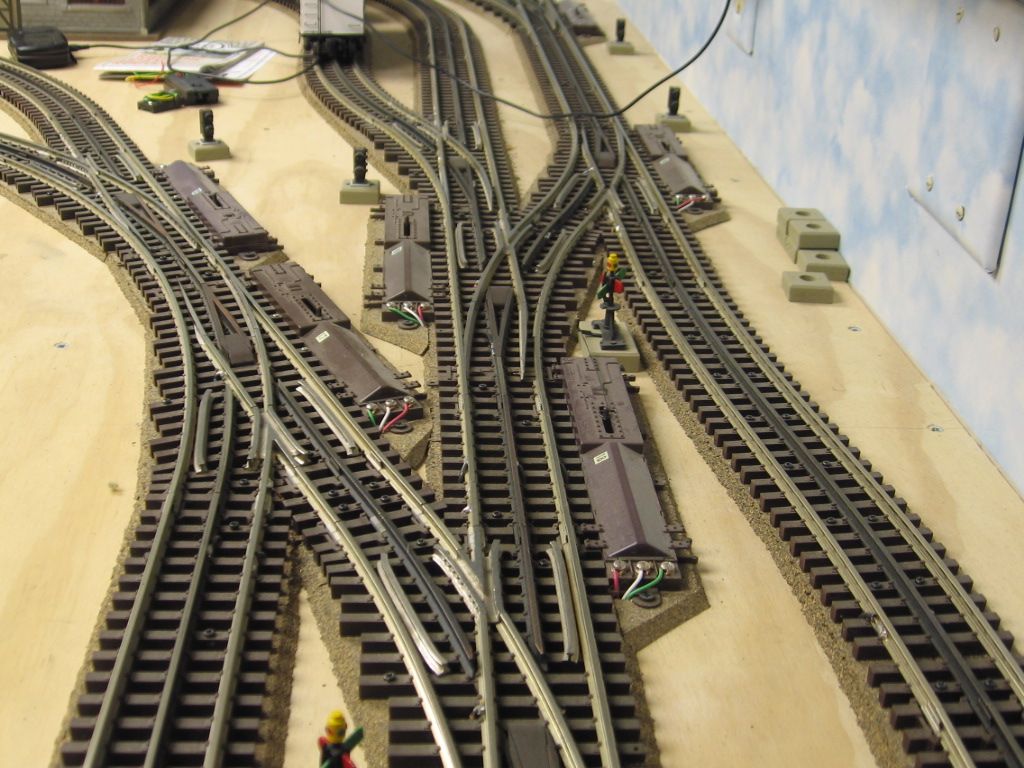I have all of my layout track screwed down to the board, and the trains run fine. After the holidays, I am going to unscrew and slide away the track, one large segment at a time , such as a 180 degree curve, to put cork track bedding under it. I really don't want to glue the cork down because I may have to pull it in the future and don't want chunks of cork and hard glue on the top of the board. I also don't want to hand nail the cork, because that takes absolutely forever.
Has anyone used a nail gun (pin gun) with an air compressor, to nail the cork down with 1/2 inch finish nails? I have used these guns a fair amount for installing floor trim, and they work really well once you get the air pressure adjusted just right. You can buy the nails in a coated brown color, so they would blend right in with the cork.
Thanks for any experiences.
Mannyrock




